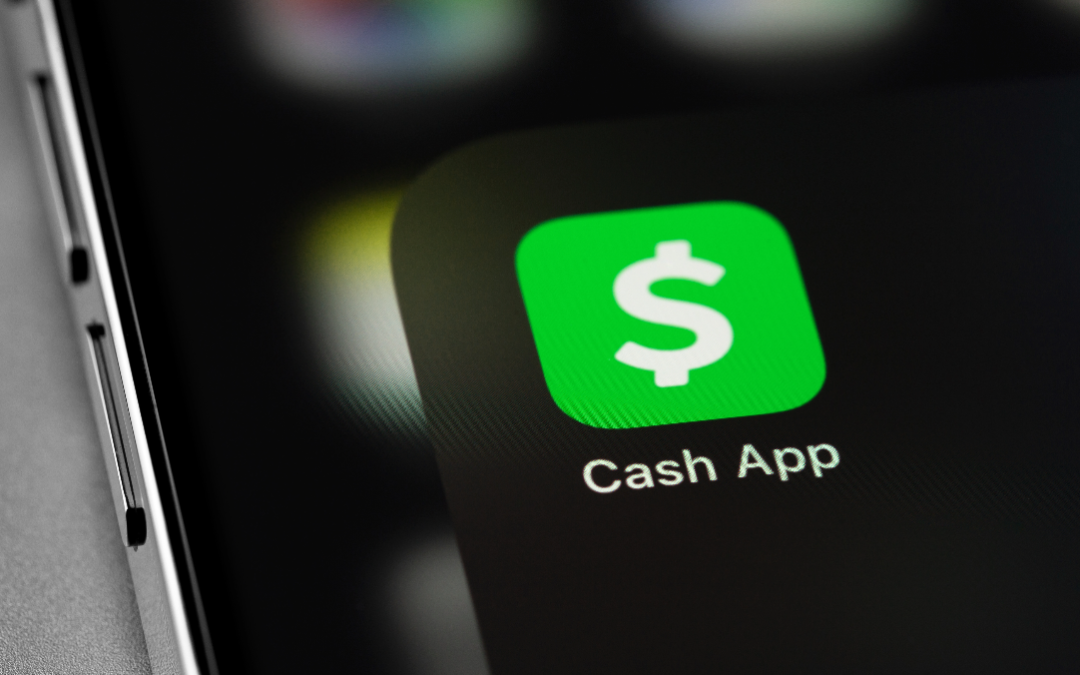Navigating Business Continuity During Merchant Services Outages: A Guide to Preparedness
In our digital age, the reliability of merchant services and payment processing systems is crucial for businesses. However, outages are inevitable, and they can significantly disrupt operations. Despite this, businesses can still thrive during these challenging times with the right strategies and preparedness. This blog will delve into how businesses can continue operations during a merchant services outage and provide tips for effective preparedness.
Understanding the Impact
Merchant services outages can lead to lost sales, disgruntled customers, and a tarnished reputation. Therefore, understanding the potential impact of an outage is the first step towards preparedness. It helps you gauge the level of readiness required and the resources you need to allocate.
1. Have a Backup Payment Processor
Having a backup payment processor is one of the most effective ways to ensure business continuity during an outage. This strategy is akin to having an insurance policy; you hope not to use it, but it’s invaluable when needed. Businesses should consider setting up accounts with multiple payment processors. This way, if your primary processor experiences an outage, you can swiftly switch to your backup and continue accepting payments.
2. Diversify Payment Methods
Diversifying your payment methods is another strategy for ensuring business continuity. Customers should be able to pay with cash, checks, credit cards, mobile payments, and other online payment options. By offering multiple payment methods, you ensure that an outage in one system does not completely halt your business.
3. Regularly Update and Test Backup Systems
Backup systems are only as good as their latest update. Regularly updating and testing these systems ensures they are ready to take over in the event of an outage. It also helps identify potential issues that could hinder their functionality when needed most.
4. Develop a Comprehensive Business Continuity Plan
A comprehensive business continuity plan outlines the steps your business will take during an outage. It should cover all aspects of your business operations, including communication strategies with stakeholders, task delegation, resource allocation, and recovery procedures. Regularly review and update this plan to accommodate changes in your business environment.
5. Train Your Staff
Your staff should know what to do during an outage. Regular training ensures they can switch to backup systems smoothly and handle customer inquiries professionally. Training also reduces panic and confusion, which can exacerbate the situation.
6. Communicate with Customers
Transparent communication with customers during an outage can preserve your business’s reputation. Let them know about the outage, how you’re addressing it, and alternative payment methods available. Timely and honest communication can turn a potentially damaging situation into a demonstration of your business’s reliability and customer commitment.
7. Review Your Service Level Agreement (SLA)
Your SLA with your merchant services provider should outline their responsibilities during an outage. If they fail to meet these obligations, consider seeking legal advice or switching providers.
While merchant services outages can be disruptive, they don’t have to spell disaster for your business. With the right strategies and preparedness, you can navigate these challenges successfully. Remember, the key is to plan ahead, diversify your payment options, regularly update and test your backup systems, train your staff, and communicate effectively with customers. With these measures in place, your business can continue to thrive, even in the face of unexpected outages.
#BusinessContinuity #PaymentProcessingOutage #MerchantServices #BusinessPreparedness

